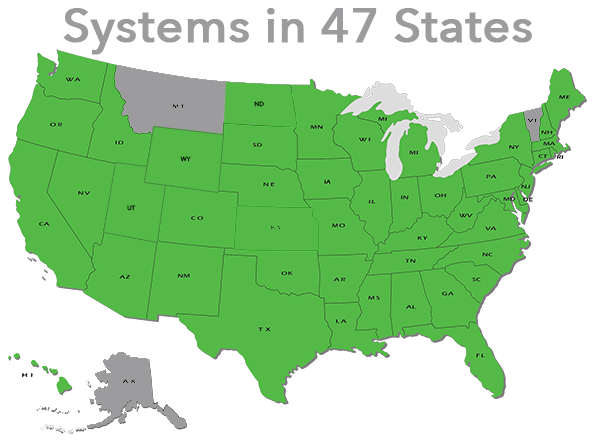In recent years, there have been changes in the mix of fuels used to generate electricity in the United States. Natural gas and renewable energy sources have increased their role in producing the U.S. electricity supply, while coal has generally declined. In its Annual Energy Outlook, the U.S. Energy Information Administration (EIA) projects the share of electricity generated from natural gas and nonhydro renewable energy sources, such as wind and solar, will grow through 2040, while the share of other fuels, such as coal and petroleum, will decline.
4264 Hits
4264 Hits
















































